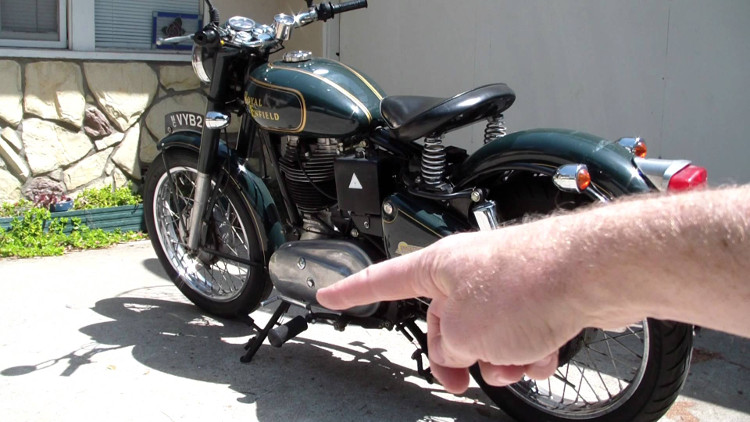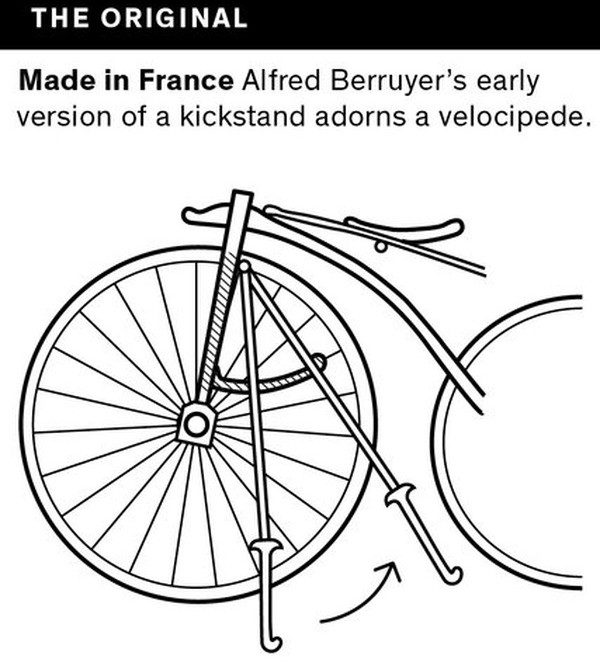Why is the anti-tilting foot resting on the left - do you know?
Any solution for the motorcycle stand is always on the left, you know?
Motorbikes are popular and extremely familiar to people in many Southeast Asian countries, including Vietnam. But that is a lot of use, but there is definitely something you do not know about the car that is still in use on this day - specifically the vehicle .
Specifically, if asked why the motorcycle anti-tilt is on the left side - you know?

The anti-left foot rests to help the foot brake - the stand is independent.
According to Quora, the first anti-leg was invented by French scientist Alfred Berruyer in 1869.
Accordingly, he designed a tripod for his bike. At this time, the stand was designed on the left to be convenient to push up, and it was attached to the front end, under the steering wheel.
However, habits and techniques are two other answers given to the appearance of this left-hand stand.

Alfred Berruyer and the tripod design on the left side of his car.
Specifically, most people are usually right-handed, so when they stop their legs against their feet, they will put their right foot up high and turn them clockwise. Similarly when we get on the car, we often put our right foot forward and turn it counterclockwise to get on the car. Doing the opposite will be very difficult to balance.
This is said to be a long-standing habit of the British - when in the past they also had the habit of hopping on horses from the left, so the details of placing the left footrests would not be too difficult to understand.
From a technical perspective, the left foot placed on the left will help the foot brake - the stand is independent. With the digital car, the foot brake is placed on the right, the lever is on the left.
When used, people will use their right foot as a pillar, the left foot will push the foot against it and kick the number. If you put the opposite - the right leg, the driver will take more action - the right foot pushes the anti-leg - the right foot drops down as the base for the left foot to put the number.
- For beautiful photos, take a tilting shot on the left side of your face
- The mystery of the tendency is 'off the left' that people don't recognize
- Why should you soak your feet and 3 foot baths to protect your health?
- Video: Big legged legs appear in America
- 5-minute neck exercises help protect the spine
- Secrets of left-handed people
- Tips to treat foot and mouth water very quickly and safely
- Resting place of 13 Chinese emperors
- Scientific explanation for the right-to-left confusion
- Hand, foot and mouth disease in the season: Things to know
- Left-handed and 12 truths
- 11 tips to remove foot odor effectively
 'Fine laughs' - Scary and painful torture in ancient times
'Fine laughs' - Scary and painful torture in ancient times The sequence of numbers 142857 of the Egyptian pyramids is known as the strangest number in the world - Why?
The sequence of numbers 142857 of the Egyptian pyramids is known as the strangest number in the world - Why? History of the iron
History of the iron What is alum?
What is alum?